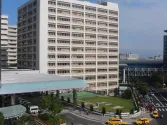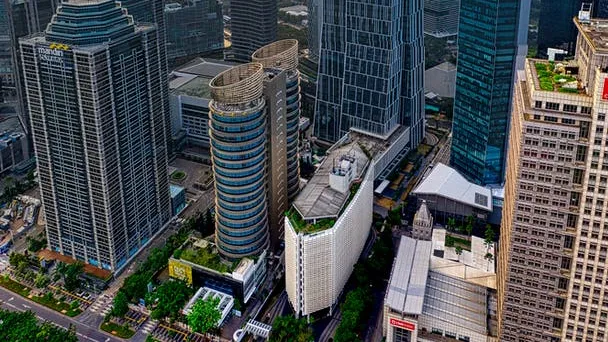
Jakarta retail occupancy rate stable at 74.7% in 2024
Landlords maximised lease renewals.
According to a Colliers report, certain shopping malls in Jakarta continue to find ways to attract retailers and increase occupancy. Landlords have become more creative, exhibiting competitive lease offers and simultaneously hosting activities to draw in both tenants and shoppers.
Entering the end of 2024, landlords continue to launch holiday celebrations and food festivals to draw shoppers into spending more time in their malls. Some malls secured key retailers and maximized lease renewals to preserve stable occupancy levels in the retail market.
Here’s more from Colliers:
These ongoing efforts seemed to generate fruitful results, as the average occupancy rate in Jakarta maintained at 74.7%, an increase compared to 2023. In Greater Jakarta, the occupancy rate rose slightly from the previous quarter to 70.3%, but this reflects a slight correction compared to 2023, which stood at 71.5%.
This decline can be attributed to a few malls that still have notable vacancies. Nevertheless, newly opened malls managed to secure a strong lineup of committed tenants who opened simultaneously, ensuring a solid starting occupancy.
Upper-grade malls in Jakarta maintain higher and more stable occupancy rates, documented at around 87% on average, mainly due to a greater focus on modern retail formats and strategic tenant curation, which cater to shoppers aligned with evolving consumer preferences.
These malls focus on maintaining an appealing tenancy mix and adapting to evolving consumer trends, with national and international brands, dining experiences, and entertainment options that drive consistent foot traffic.
In contrast, middle to lower-grade malls continue to face significant challenges in achieving occupancy growth. Landlords’ ability to implement management strategies and tenant mix upgrades is relatively limited, causing additional strain in making improvements.
Overall, shopping malls in both Jakarta and the Greater Jakarta area are currently seeing similar trends of gradual growth, with middle-upper segment malls remaining a preferred destination for retailers. Occupancy is expected to continue recovering; however, considering the gradual pace of growth, the market may need until at least 2026 to reach prepandemic levels.


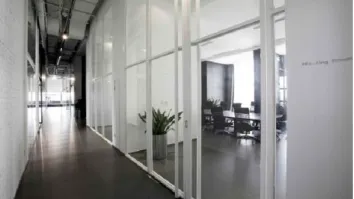
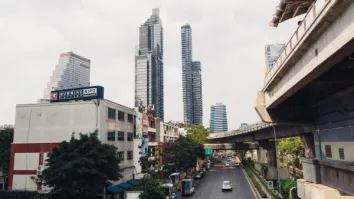

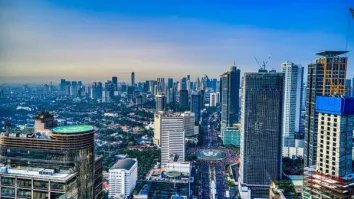

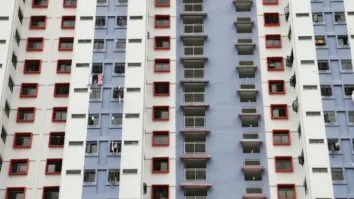

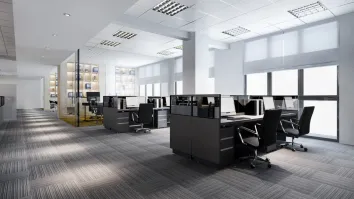



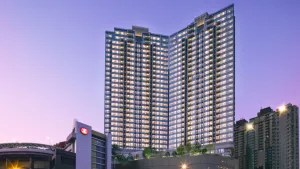


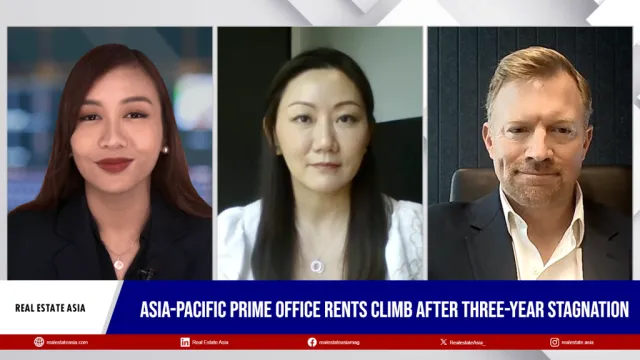


 Advertise
Advertise





